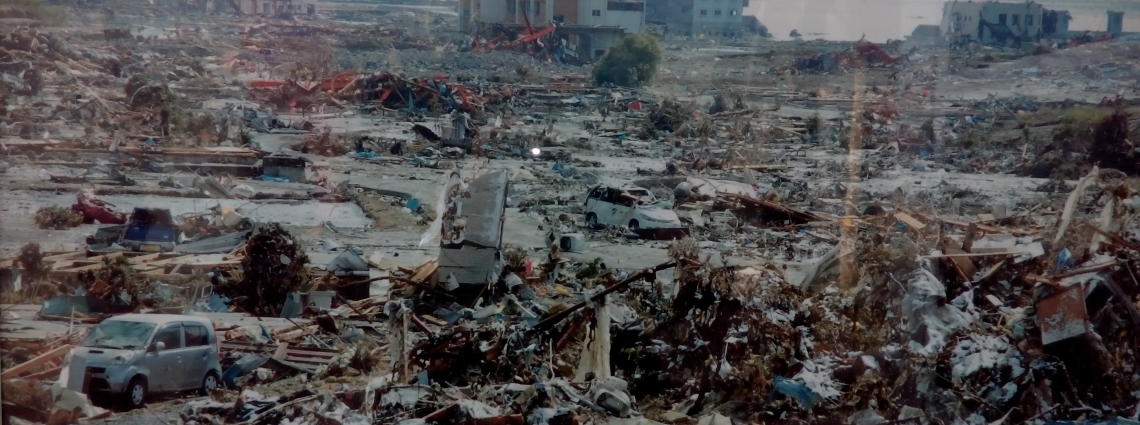The CTBTO’s contribution to disaster risk reduction
Sendai is the main city of the Tohoku region which was struck hardest by the earthquake and tsunami on 11 March 2011. At the time, CTBTO monitoring stations provided data to the Japanese tsunami warning centre in near-real time. After the ensuing accident at the Fukushima-Daiichi nuclear power plant, the CTBTO’s radionuclide network helped to assess the nature, concentration and worldwide dispersion of the radioactive emissions.
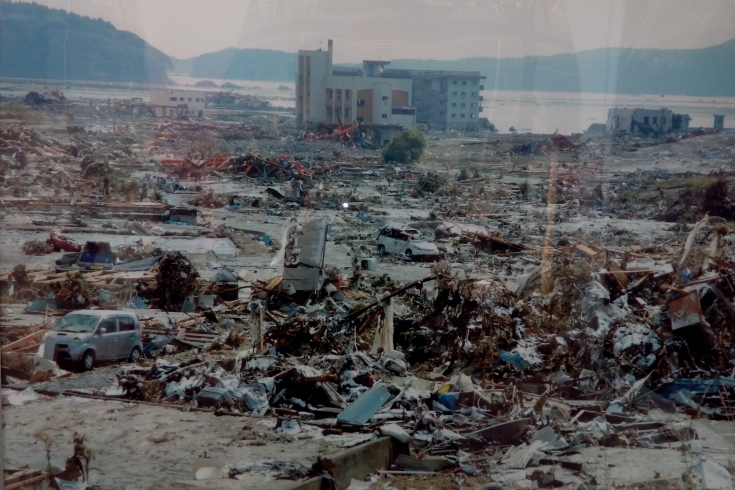
Large parts of Tohoku’s coastal regions were devastated by the March 2011 tsunami.
“You have made this the highest-level meeting on disaster risk reduction in history. ... Disaster risk reduction advances progress on sustainable development and climate change.”
To date, around 100 seismic stations that are part of the IMS provide data with a delay of 30 seconds on average to 14 tsunami warning centres in 13 countries.
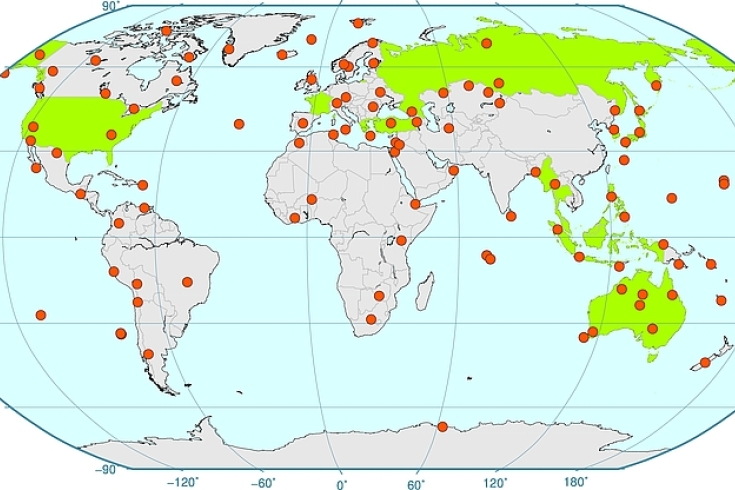
In red: International Monitoring System stations whose data is being used also for tsunami early warning. In green: participating countries. Click to enlarge.
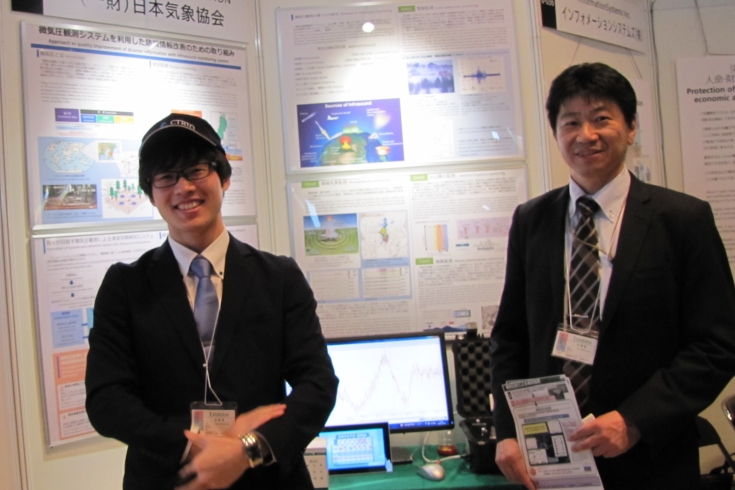
Takahiko Murayama (right) and Kosei Niino from the Japan Weather Association
As the Chair of IOC's Working Group on Tsunamis and Other Hazards Related to Sea-Level Warning and Mitigation Systems (TOWS-WG), and also as one of the Vice Chairs of the IOC, I express my deepest appreciation to the CTBTO for the global seismic data provided from its seismometer network, as these data are substantially important for issuing tsunami early warnings. We do look forward to working even more closely with CTBTO in the global tsunami early warning systems.
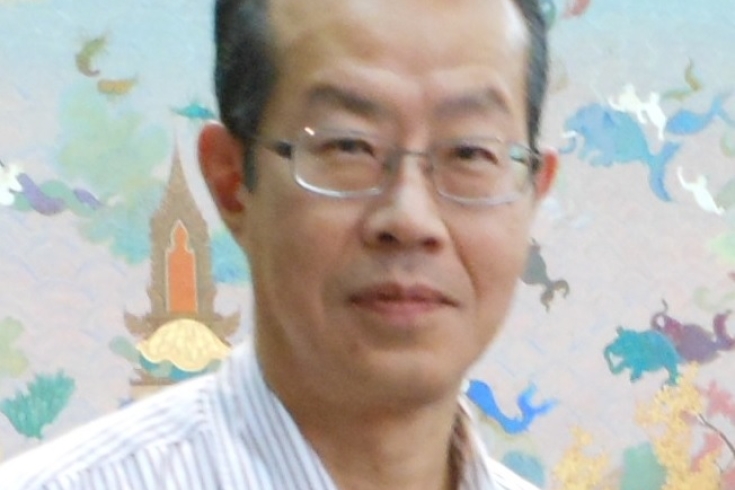
Yutaka Michida, Centre for International Collaboration, Atmosphere and Ocean Research Institute at the University of Tokyo
With 30 seconds on average between the recording of an event and the signal’s arrival at a tsunami warning centre, the International Monitoring System is faster than other comparable systems.
Prior to the Sendai conference, CTBTO participated in a meeting of the Working Group on Tsunamis and other Hazards related to Sea-level Warning and Mitigation Systems in Morioka, Japan, from 12 to 13 March, hosted by UNESCO-IOC. Following the meeting, Christa von Hillebrandt-Andrade, Chair of the UNESCO-IOC Early Warning System for the Caribbean and Adjacent Regions, stated that “Data from CTBTO stations can complement those of local and regional stations for a more timely and accurate determination of earthquake parameters, therefore National Tsunami Warning Centers in the Caribbean are encouraged to include these data into their operational systems.”
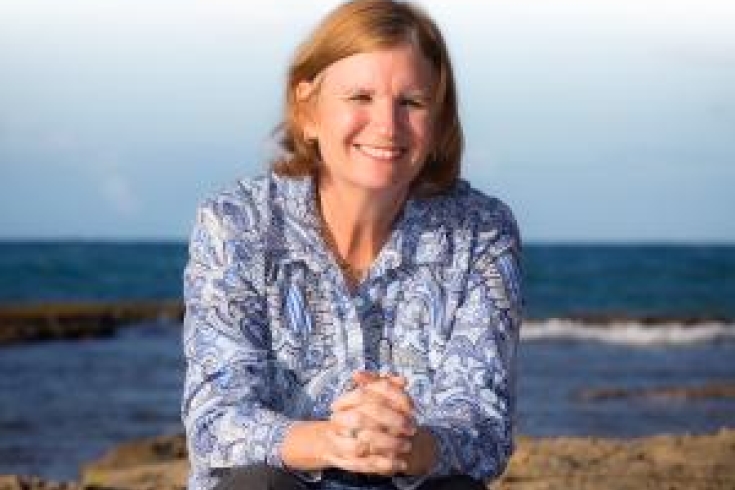
Christa von Hillebrandt-Andrade, Chair of the UNESCO-IOC Early Warning System for the Caribbean and Adjacent Regions
16 Mar 2015
